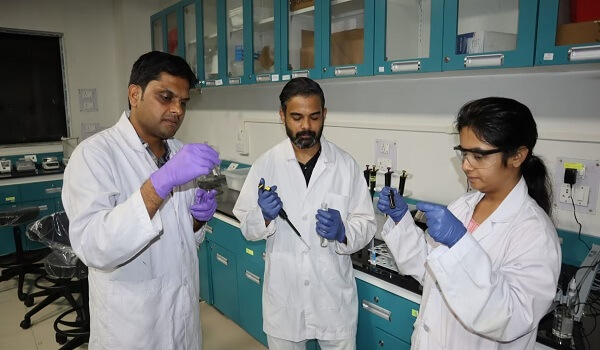A team of researchers from Guwahati University, Assam, has developed a new sensor made of a metal oxide-reduced graphene oxide(metal oxide- rGO) composite that can detect formalin adulteration in fishes at room temperature in a non-invasive way.Food adulteration is the practice of adding illegal or harmful substances to food to make it appear more appealing or to increase its shelf life.
Formaldehyde is a colourless, pungent gas that is used in a variety of industrial processes, including as a preservative in some foods, commonly in fish in developing countries.However, the use of formaldehyde in food is illegal in many countries, as it is a known carcinogen.
Key Facts of the Metal oxide- rGO Sensor
- The sensor used Graphene(material that is extracted from graphite) oxide (GO) and tin oxide-reduced graphene oxide composite (rGO-SnO2) to detect formalin in adulterated fishes.
- The sensor is low-cost, non-invasive, and selective, and can be used to prevent food adulteration and protect consumers.
Need
- Traditional formalin sensors for fish are either expensive electrochemical-based or less costly but invasive colorimetric-based methods.
- Both face issues of low-level and selective detection.
Working Procedure
- GO, the oxidized form of graphene, initially poses a challenge due to low electrical conductivity.
- To overcome GO’s limitations, scientists developed a composite called tin oxide-reduced graphene oxide (rGO-SnO2) with enhanced properties.
- The reduced graphene oxide provides high solution processability and ease of chemical modification with other materials, while the tin oxide offers high stability and sensitivity to low concentrations of formaldehyde.
- The sensor, crafted from tin oxide (SnO2) decorated Reduced graphene oxide (rGO), demonstrates effective sensing of formaldehyde vapour at room temperature.
- rGO is known for detecting toxic gasses, while SnO2 excels in formaldehyde detection. The combination maximizes their strengths.
- The designing of the prototype is in process in the lab which may be regarded as a breakthrough in the field of food adulteration.

